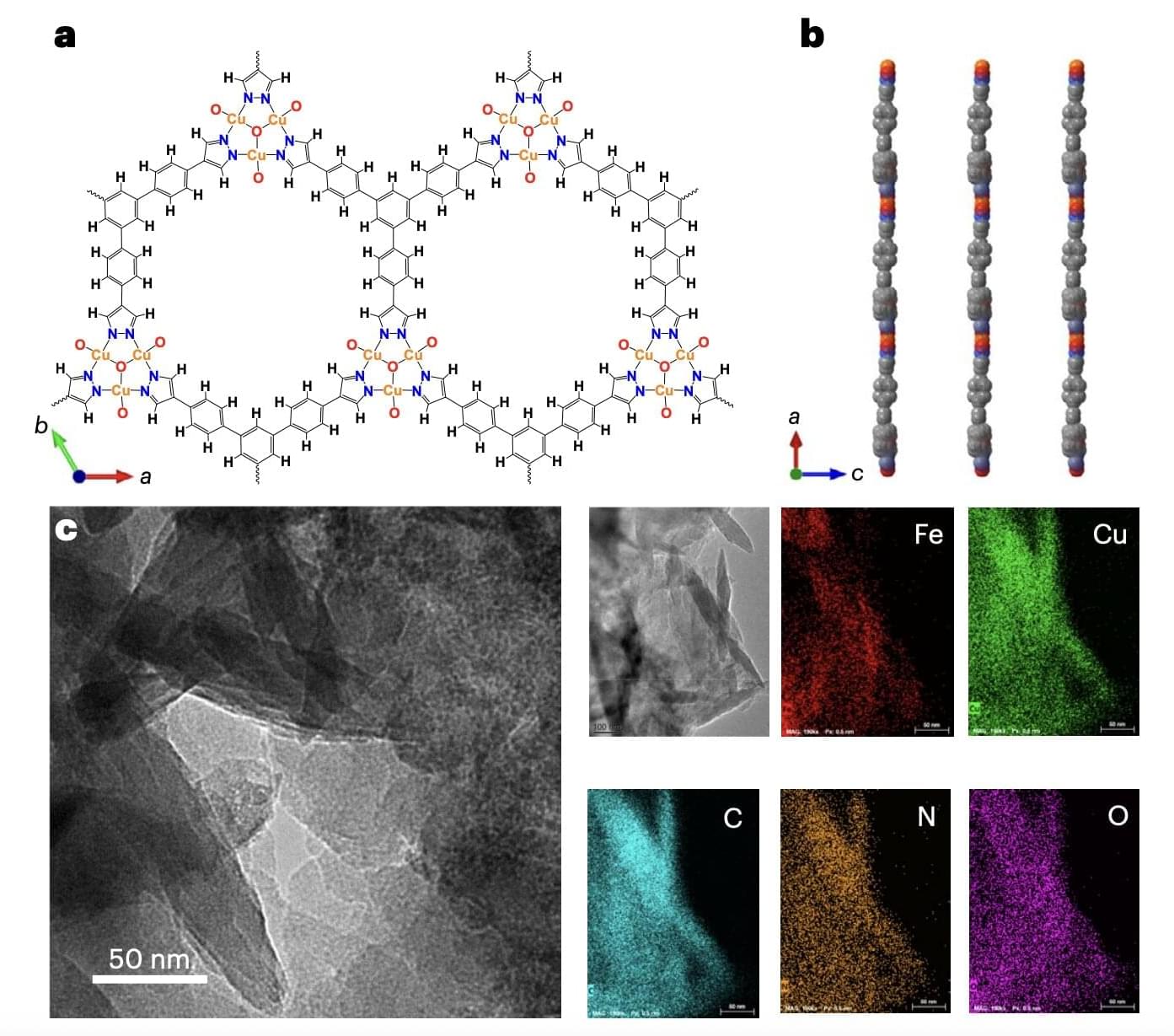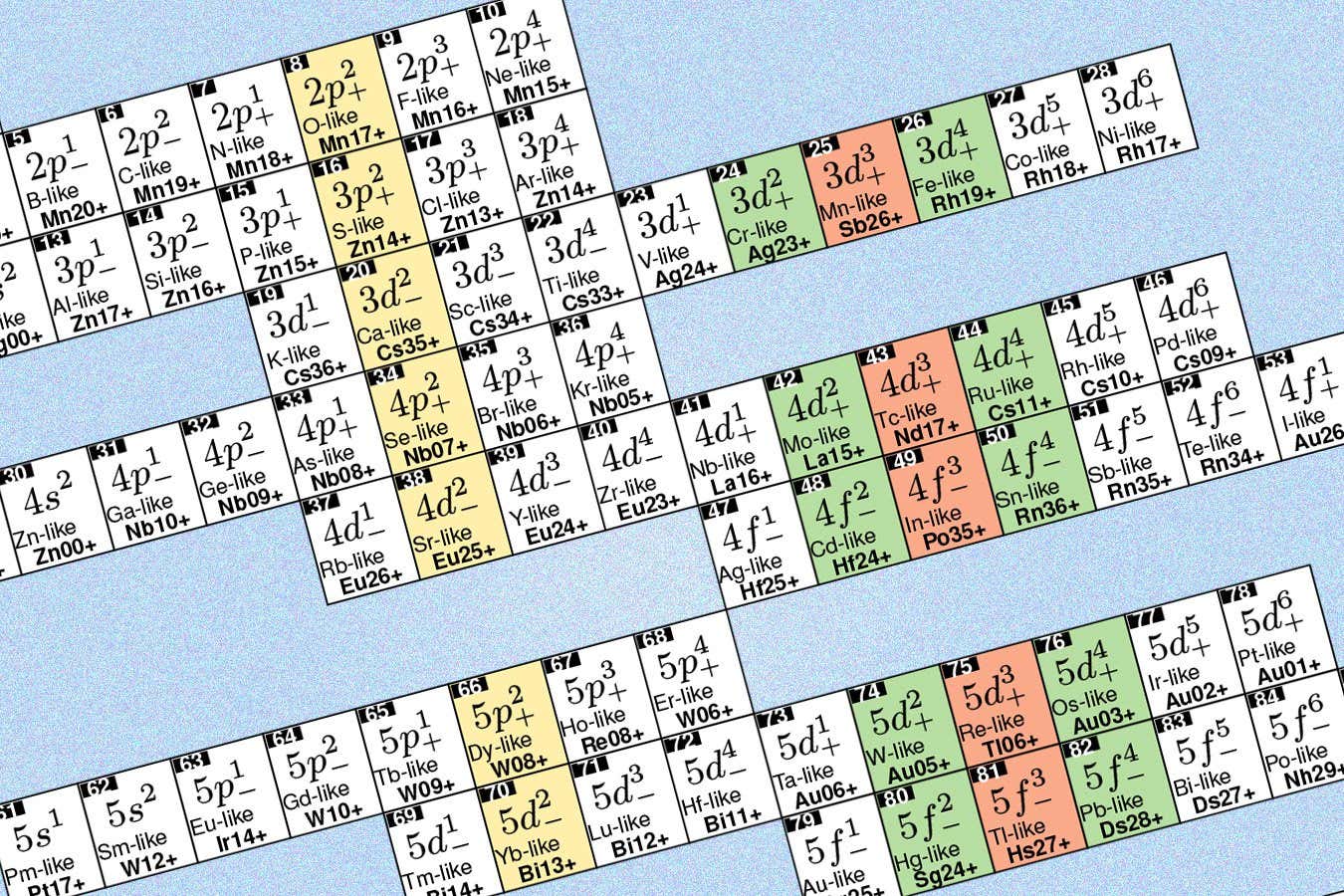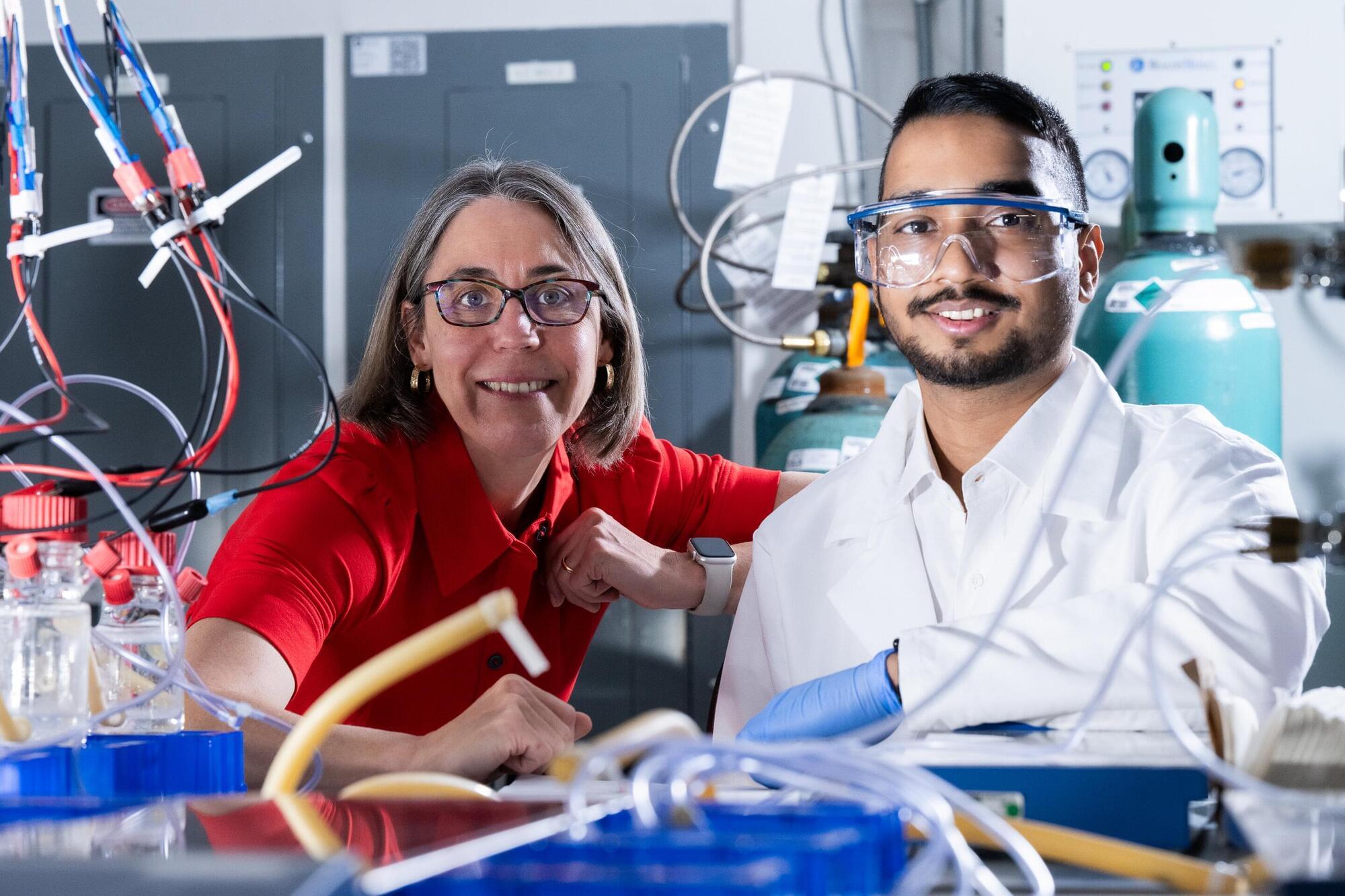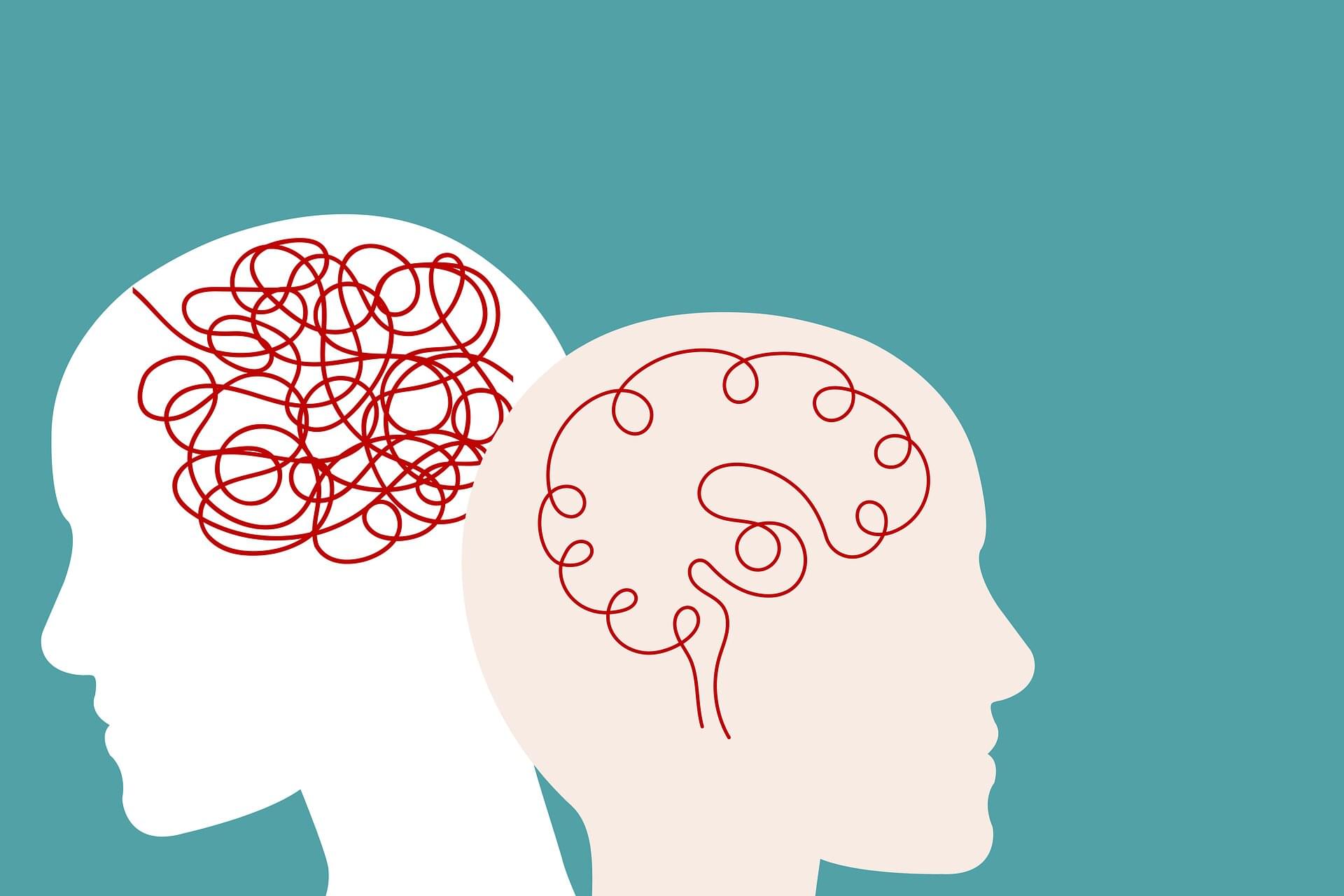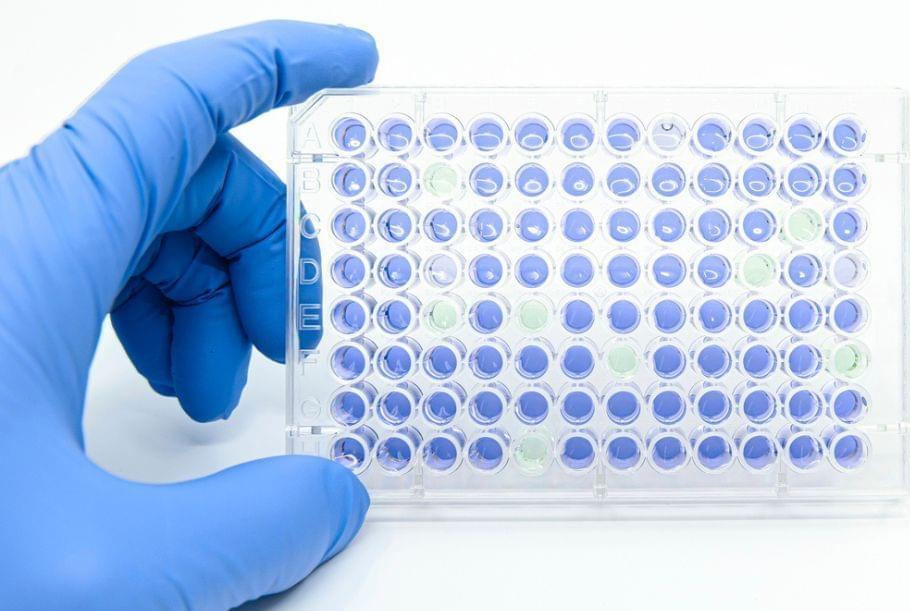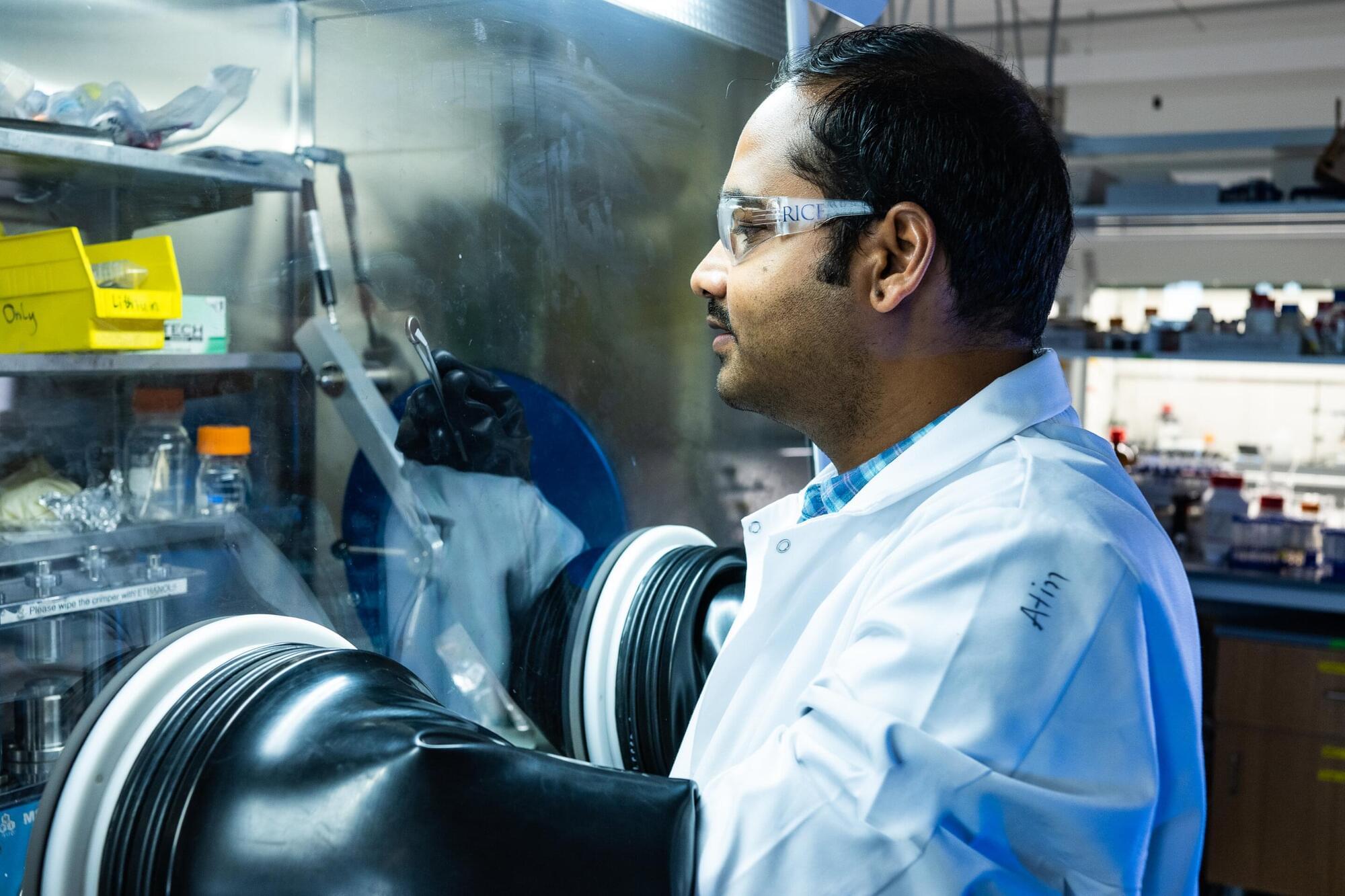Urea, with the formula CO(NH2)2, is a chemical compound that is widely used in a range of sectors, including manufacturing, agriculture and various industries. Conventionally, this compound is produced via a two-step process that entails the synthesis of ammonia from nitrogen (N₂) and its subsequent reaction with carbon dioxide (CO₂).
This reaction occurs at high temperatures and under high pressure, leading to the formation of a compound called ammonium carbamate. This compound is then decomposed at lower pressures, which ultimately produces urea and water.
Traditional processes for producing urea are very energy intensive, meaning that to produce desired amounts of urea they consume a lot of electrical power. Over the past few years, some engineers have thus been trying to devise more energy-efficient strategies to synthesize urea.
